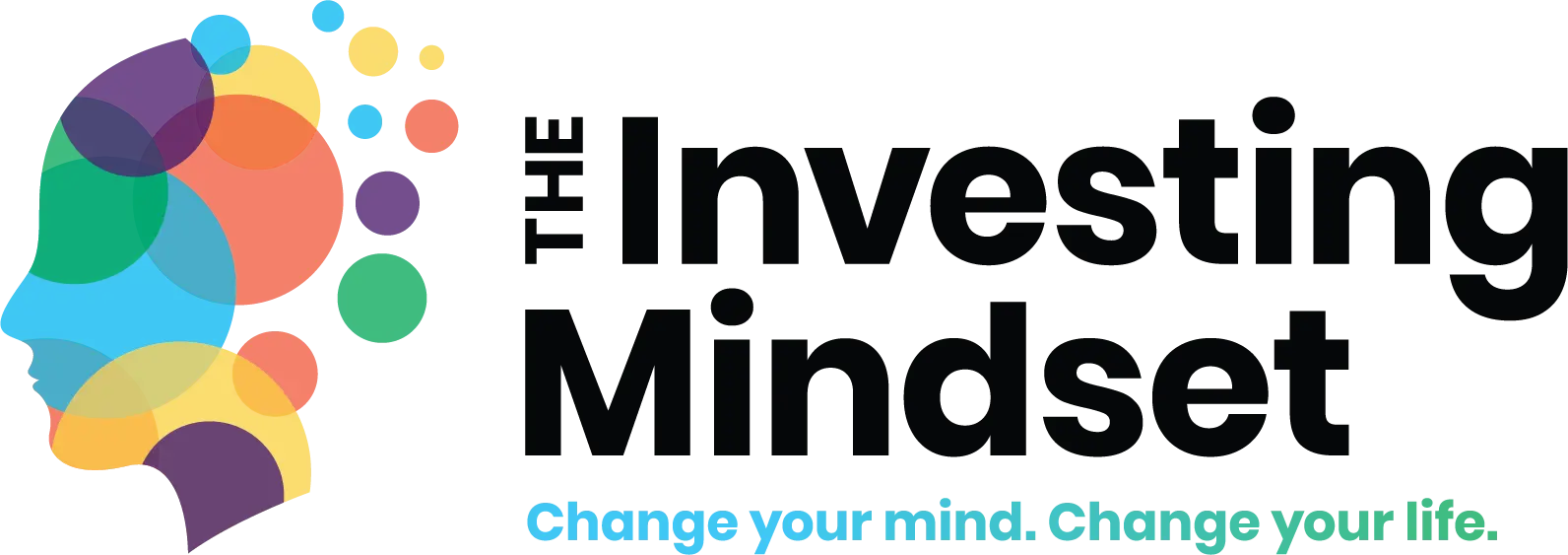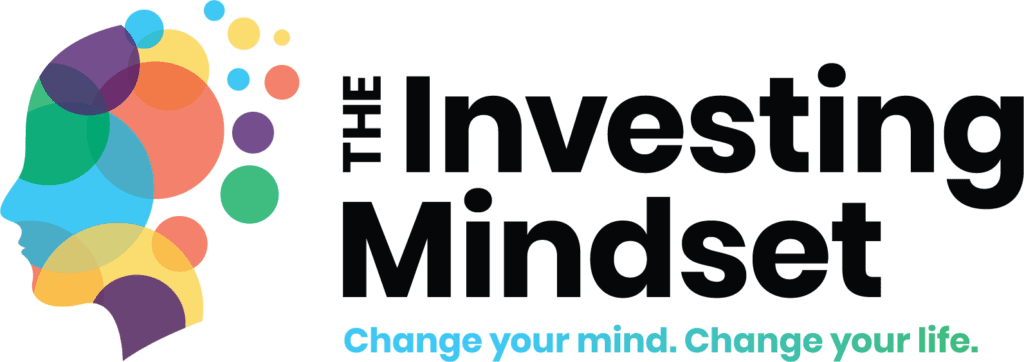When it comes to financial planning, setting clear financial goals is crucial. Why is this important?
Because aiming for financial independence can change your life. I struggled for years with this idea and felt lost when it came to planning. I tried many tools and read countless books, but most efforts led to frustration. Everything shifted when I took time to reflect on my past. I used what I learned to create a simple roadmap that helped me set goals—and I achieved nearly all of them by the end of the year.
I want to share my experience and the tools that helped me, hoping to guide you on your journey to financial freedom. Let’s be clear: a goal is a dream with a deadline. More specifically, a financial goal is a clear target you set for yourself within a timeframe.
Be Specific About Your Financial Goals
To succeed financially, you must define what you want. Vague statements like, “I want lots of money,” won’t work. Be specific: say exactly how much money you want to earn and by when. For example, if your goal is to earn $250,000 this year, state, “I plan to earn $250,000 by December 31.” Then, outline the steps to achieve it.
By being clear about your financial goals, you get a better idea of how to reach them. After you set your amount and deadline, the next step is to check your current financial situation.
To do this, focus on two key areas: your net worth and cash flow. I want to share two tools that help me understand my finances. The first is a financial net worth calculator, which shows your total assets minus liabilities. The second is a financial statement calculator, which helps you track your income and expenses. Using these tools can improve your financial understanding and help you reach your goals.
What is Your Financial Situation?
Knowing your financial situation is crucial, and a big part of that is understanding your net worth. Plenty of tools and websites can help you, and one that I recommend is CreditKarma.com. This site lets you track your credit score as well as your budget and spending. It used to be free, but now it requires more information and charges a fee. Luckily, I have my own net worth calculator and financial statement calculator that I rely on.
I created a template by combining my personal net worth calculations with a cash flow statement. I drew inspiration from Robert Kiyosaki’s popular books, “Rich Dad, Poor Dad” and “Cash Flow Quadrant.” The cash flow quadrant helps you see how you manage your money and where your income comes from. It also shows your financial habits and predicts if you will achieve financial independence or stay in the middle class or below.
Here’s how to use these templates:
1. Gather all your pay slips and write down your total income—from your full-time job and any side gigs—in the “income column.”
2. List all your monthly expenses in the right-hand column.
3. Add up your total income and subtract your total expenses to find your monthly cash flow.
4. Next, list your assets—stocks, cash, bonds, and real estate—and note these in the assets column. In the liabilities section, write down all your debts, including credit card debt, personal loans, and mortgages.
5. Finally, subtract your total liabilities from your total assets to calculate your net worth.
By tracking my cash flow and net worth, I get a clear view of my finances. I usually start this process in late December and have a solid understanding by New Year’s Day.
Knowing Your cashflow allows You to Focus on Your goals of Financial Independence.
Why do I track my cash flow and net worth? Because it helps me see how close I am to my goal of financial independence. At first, watching my net worth and cash flow was discouraging because I often ended up with negative numbers. My spending habits led to a tough situation.
But I didn’t give up. I used this process to understand my spending better, which motivated me to manage my money wisely. I cut down on unnecessary expenses, paid off most of my credit card debt, and started investing as my cash flow improved. I also saved more in my checking and savings accounts.
Play Cash Flow Games for Financial Freedom
I participated in activities that helped me adopt an investing mindset. There’s evidence that playing simulation games can help people develop positive financial habits. One game that made a real difference for me was the Cash Flow game, created by Robert Kiyosaki. You can register and play the Cash Flow game, free on his website.
I found this game exciting because it made learning about money fun instead of boring. Before, I struggled with balancing my checkbook and reviewing financial statements. But after playing, I quickly learned the difference between assets and liabilities and how my choices could shape my financial future.
I urge you to check out this game and give it a shot. I own and keep the hardcopy versions in my library, but I mostly play the digital version now. If you enjoy reading, I suggest picking up Kiyosaki’s Rich Dad Poor Dad, Cash Flow Quadrant, and Rich Dad’s Guide to Investing, along with the Cash Flow board game. The books will give you a strong foundation on the mindset for financial success, and the game will reinforce what you learn while making it enjoyable. Start your journey toward financial independence today!
Check out the workbook I have created to help you and the financial calculators (net worth calculator and financial statement calculators)


